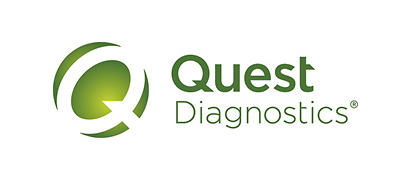Not necessarily. A negative result does not rule out infection, because the specimen may have been collected before antibodies reached detectable levels.1,3 This assay can detect HSV IgG antibodies as early as 3 weeks after the onset of symptoms.3 However, people seroconvert at different rates, and some do not seroconvert for 6 months or longer.3 If recent acquisition is suspected, repeat testing is recommended 12 weeks after the presumed exposure.1
Additionally, a very small percentage (0.2%) of HSV-2 isolates lack glycoprotein G (gG).4 When the infecting HSV isolate is gG deficient, a false-negative result may occur.





